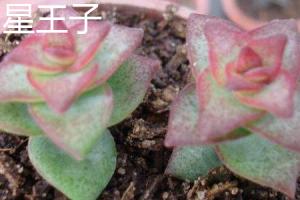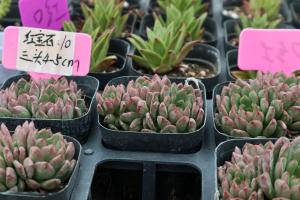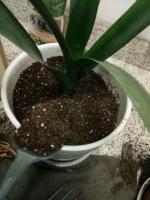Does Green Water Algae Affect Aquatic Plant Growth?
The Relationship Between Green Water Algae and Aquatic Plants
Green water algae are microscopic organisms that can be found in many aquatic environments, including lakes, ponds, and aquariums. While some types of algae are beneficial to aquatic plant growth, excessive amounts of green water algae can have negative effects on these plants.
One of the main ways that green water algae can affect aquatic plants is by blocking their access to light. As algae populations grow and spread throughout the water, they can create a greenish haze that blocks sunlight from penetrating the water's surface. This can be detrimental to the growth of aquatic plants, which rely on sunlight to produce the energy they need to thrive.
The Impact of Excessive Green Water Algae on Aquatic Plant Growth
If allowed to grow unchecked, green water algae can have several negative effects on aquatic plant growth. For one, as mentioned, the algae can block sunlight, which in turn can limit the growth and development of aquatic plants. Additionally, the presence of excessive green water algae can alter the pH balance of the water, leading to other negative impacts on aquatic plant health.
Furthermore, green water algae can also compete with aquatic plants for essential nutrients, such as nitrogen and phosphorous. This competition can lead to reduced nutrient availability for the plants, which can cause stunted growth, discoloration, and even death.
Preventing and Removing Green Water Algae to Support Aquatic Plant Growth
Fortunately, there are several steps that can be taken to prevent and remove green water algae from aquatic environments, thereby promoting healthy growth of aquatic plants.
One of the most effective methods for preventing excessive algae growth is to ensure that aquatic environments are properly balanced and maintained. This can involve measures such as monitoring water quality through routine testing, regulating nutrient levels through careful management of fertilizers and other inputs, and adding different types of aquatic plants to create balance in the environment.
In cases where green water algae have already taken hold, there are several options for removing them. One common method is to use algae-eating fish, such as goldfish or koi, to consume the algae naturally. Additionally, specialized chemicals and treatments can be used to kill off algae populations, although these methods should be used with caution to avoid harming other aquatic life.
Conclusion
Green water algae can have a significant impact on the growth and development of aquatic plants. However, by taking proactive steps to prevent and remove excessive algae growth, it is possible to create a healthy, balanced aquatic environment in which plants can thrive. Whether through careful maintenance and management or targeted interventions, it is important to stay vigilant and take action to protect the health of aquatic plants and the ecosystems in which they live.

 how many times do yo...
how many times do yo... how many planted tre...
how many planted tre... how many pine trees ...
how many pine trees ... how many pecan trees...
how many pecan trees... how many plants comp...
how many plants comp... how many plants can ...
how many plants can ... how many plants and ...
how many plants and ... how many pepper plan...
how many pepper plan...

































